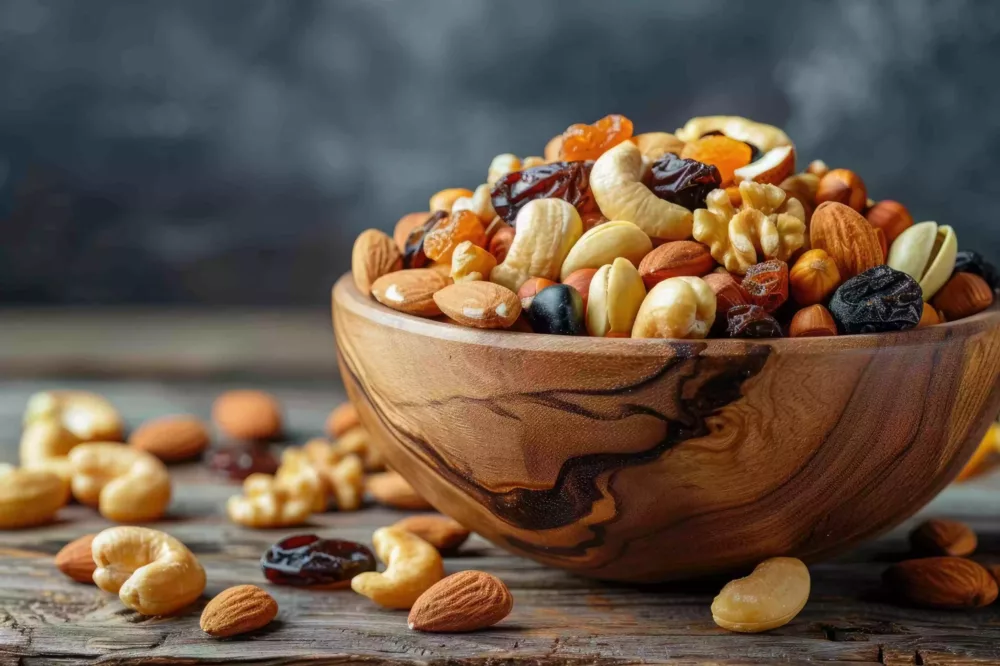
Image Source: Adobe Stock
The U.S. foodservice industry is projected to expand by $204.8 billion between 2024 and 2028, fueled by evolving consumer preferences, a diverse population, and intense competition in the fast-food sector, according to a recent Technavio study.
The study outlines three primary growth drivers: increased demand for snacks and indulgent foods, rising interest in global cuisines due to a multicultural population, and heightened competition compelling fast-food and other foodservice providers to enhance their offerings.
Shifting Dining Habits and Demand for Healthier Options
Consumers are showing a strong preference for healthier dining options, including organic produce, reduced sugar, and raw foods. Snacks and light meals — such as mixed snacks, meat snacks, and fruit-based options — are increasingly being chosen over traditional dining. Food service establishments, ranging from vending machines to hotels to ghost kitchens, are all offering a wider variety of snack options. Even pancake and waffle houses are accommodating these changes.
Convenience and affordability are also reshaping the landscape, leading to a rise in vending machines and quick-service options. Demand for quick, efficient food choices, especially in high-traffic locations like offices and universities, has spurred the growth of integrated food services. Millennials are a major force behind these shifts, gravitating towards non-traditional food options.
Global Tastes and Specialty Diets Gain Popularity
The American palate is becoming more adventurous. With an increasingly diverse population, demand for global flavors, including spicy dishes, are gaining popularity among Americans. While travel plays a role, the study points to an expanding multicultural population as the main driver. Plant-based dishes and specialty beverages, such as vegan, low-sugar, and gluten-free options, are also growing segments.
Industry Adapts with Strategic Growth Initiatives
To stay competitive, companies are launching strategic partnerships, mergers, acquisitions, geographical expansions, and new product lines. The study anticipates a rise in average order values as consumers are willing to pay for high-quality, health-conscious options, although affordability remains a key consideration.
Overall, the U.S. foodservice industry is evolving to meet changing consumer needs, offering a more diverse and innovative market that aligns with modern dietary and cultural trends.















